The Quiet Luxury of Pashmina: Redefining Winter Fashion

Introduction: The Return of Subtle Elegance
In a world filled with fast-changing trends and mass-produced fashion, there’s a growing appreciation for pieces that whisper rather than shout — garments that embody timeless beauty, comfort, and authenticity. Among these, Pashmina stands apart as a true symbol of quiet luxury.
Unlike synthetic winter wear or flashy designer pieces, a Pashmina sweater or shawl carries an understated grace — one that tells a story of heritage, craftsmanship, and refinement. As we move toward mindful fashion and sustainability, Pashmina is not just making a comeback; it’s redefining what winter luxury truly means.
The Meaning of Quiet Luxury in Fashion
Quiet luxury isn’t about visible logos, excessive embellishments, or fleeting trends. It’s about quality, longevity, and emotional connection. The idea celebrates garments that stand the test of time — not just in durability but in design and purpose.
In the past few years, global fashion has shifted from “more” to “meaningful.” Shoppers are asking new questions:
-
Who made my clothes?
-
What is this fabric made of?
-
Will it last beyond one season?
Pashmina fits beautifully into this new mindset. Handcrafted in limited quantities, each piece represents slow fashion at its finest — a perfect balance of art and function. Wearing Pashmina is not about showing off wealth; it’s about celebrating taste, tradition, and thoughtfulness.

The Origins: Where Luxury Begins
Every Pashmina begins its journey high in the Himalayas, where the Changthangi goats↗ — native to the cold, arid regions of Ladakh and Kashmir — produce some of the finest wool in the world. This wool, known as Cashmere Pashmina, is incredibly soft and warm, with fibers so fine that they measure between 12–16 microns in diameter — almost six times finer than human hair.
During the spring molting season, local herders carefully comb the wool by hand, collecting only what naturally sheds. This gentle, cruelty-free process ensures the goats remain unharmed and healthy. The collected fleece is then cleaned, sorted, and spun — a process that requires immense skill and patience.
Each stage — from combing to weaving — is performed by hand, often taking weeks or even months to create a single Pashmina piece. This slow, deliberate process is what gives the fabric its unique soul and warmth.
The Craftsmanship: Where Heritage Meets Art
Pashmina weaving is not merely a profession; it’s a heritage art form passed down through generations of Kashmiri artisans. The delicate wool demands expert handling, as even the slightest tension can break the fine threads.
The process includes:
- Hand Spinning – Traditionally done with a wooden spindle (yinder), creating delicate yet strong yarn.
- Weaving – Woven on traditional looms, where patterns and textures come to life under skilled hands.
- Dyeing – Done using natural or AZO-free dyes to preserve softness and eco-friendliness.
- Finishing – Washed, stretched, and inspected meticulously to ensure uniformity and excellence.
- Every piece — whether a scarf, sweater, or shawl — carries the touch of a human hand. This makes each Pashmina inherently unique. No two are ever truly identical.
In an age dominated by machine perfection, Pashmina’s charm lies in its imperfections — the tiny irregularities that remind us of the artisan’s care and the authenticity of craft.
Why Pashmina Defines Quiet Luxury
Luxury today isn’t about the loudest brand name. It’s about the quiet confidence of owning something meaningful — something that embodies care, sustainability, and emotional depth. Pashmina is the purest reflection of this idea.
Here’s why it stands as a symbol of refined simplicity:
1. Natural Sophistication
Pashmina has a soft, natural sheen that needs no embellishment. Its beauty lies in its texture, not in decoration.
2. Effortless Versatility
From a chilly European café to a crisp winter morning in New York or Sydney, a Pashmina complements any setting. It transitions seamlessly from casual comfort to evening elegance.
3. Conscious Luxury
Made from renewable fibers and woven through fair, artisanal labor, every authentic Pashmina supports sustainable livelihoods and responsible fashion choices.
4. Emotional Connection
Unlike synthetic fabrics, a Pashmina ages gracefully. It becomes softer with time, carrying memories — making it a true heirloom piece.

Global Appeal: Redefining Winter Fashion Across Borders
In Europe, Pashmina has long been associated with timeless sophistication. Women wear it draped effortlessly over wool coats or tailored dresses — adding warmth without bulk. In Australia, where winters are mild yet breezy, a Pashmina becomes the perfect layering piece, offering breathable comfort without overheating.
In North America, the trend toward quiet luxury has seen Pashmina rise as a wardrobe essential among women who prefer minimalist yet refined dressing. The growing movement of “investment fashion” — buying fewer, better-quality items — perfectly aligns with the Pashmina ethos.
Today, wearing a Pashmina is more than a style choice — it’s a personal statement of values: sustainability, heritage, and elegance.
Sustainability and Authenticity: The Ethical Edge
Fast fashion contributes heavily to pollution, landfill waste, and labor exploitation. In contrast, authentic Pashmina stands as an ethical alternative. Each step of its production honors both people and the planet:
-
Eco-Friendly Production: Minimal chemicals and hand-based processes reduce carbon footprint.
-
Sustainable Sourcing: Wool is naturally shed by goats, ensuring cruelty-free collection.
-
Artisan Empowerment: Thousands of Kashmiri families depend on this craft for their livelihood.
Choosing genuine Pashmina means supporting slow fashion — one that values skill, patience, and sustainability over mass consumption.
To ensure authenticity, always look for certifications like:
-
GI Tag (Geographical Indication): Authenticates genuine Kashmiri Pashmina.
-
Craftmark or Woolmark: Ensures ethical standards and fiber purity.
-
Handmade Certification: Denotes handspun and handwoven origin.
(You can explore more about how to identify authentic Pashmina in our related article: [How to Identify Genuine Pashmina (and Avoid Fakes)].)

Design Evolution: Tradition Meets Modernity
While traditional Pashmina shawls are prized for their intricate embroidery and motifs, contemporary designers are reimagining the fabric into modern silhouettes — sweaters, wraps, cardigans, and scarves that fit today’s global lifestyle.
Kuttons, for instance, blends classic handwoven Pashmina with modern design sensibilities — creating pieces that speak both of heritage and versatility. Whether styled with tailored trousers or layered over a linen dress, these creations reflect the perfect harmony between timeless craftsmanship and modern design.
The Emotional Value of Pashmina
What makes Pashmina special isn’t just its texture or warmth — it’s the emotional connection it creates.
Each thread carries the essence of its maker, the quiet rhythm of the loom, and the heritage of Kashmir.
When you wrap yourself in Pashmina, you’re not just wearing a fabric — you’re wearing a story.
It’s a gentle reminder of slower times, of mindful craftsmanship, and of the quiet joy found in simple luxuries. That emotional warmth makes Pashmina irreplaceable in a world obsessed with speed and novelty.
How Pashmina Redefines Winter Fashion
Modern winter fashion often focuses on performance — synthetic insulation, weatherproof materials, and technical fabrics. But Pashmina proves that warmth and beauty can coexist naturally.
Here’s how it reshapes winter dressing:
-
Lightweight Warmth: Pashmina provides exceptional insulation without heaviness.
-
Timeless Style: It transcends trends — equally elegant in Paris, Sydney, or Europe.
-
Layering Versatility: From minimalist wardrobes to luxury ensembles, it enhances every look.
-
Investment Value: A well-cared-for Pashmina can last decades, reducing waste and redefining long-term luxury.
Quiet luxury isn’t about more — it’s about better. And nothing captures that better than authentic Pashmina.

Summary: The Future of Luxury Is Quiet
As global fashion evolves, consumers are embracing authenticity, craftsmanship, and purpose. Pashmina represents that shift perfectly — a gentle symbol of warmth, sustainability, and enduring beauty.
It’s not just a winter essential; it’s an heirloom in the making — a reflection of thoughtful living and quiet confidence.
When you choose Pashmina, you choose more than fabric. You choose heritage, sustainability, and timeless grace — values that will always stay in style.
Discover the calm elegance of authentic Pashmina with [Kuttons].
FAQs
1. What makes Pashmina different from regular wool?
Pashmina is made from the fine undercoat of Himalayan goats, known for its exceptional softness and warmth. It’s much lighter and finer than regular wool, offering comfort without bulk.
2. How can I tell if my Pashmina is authentic?
Genuine Pashmina feels soft yet slightly textured. When burned, it smells like burnt hair (not plastic). Always check for certifications such as GI Tag or handmade authenticity.
3. Is Pashmina suitable for mild winters like Australia’s?
Yes. Pashmina’s breathable warmth makes it ideal for layering during cooler evenings or breezy mornings in regions with mild winters.
4. How should I care for my Pashmina?
Store it in a breathable cotton bag, away from direct sunlight. Hand wash gently or dry clean when necessary. You can learn more in our [Pashmina Care Guide].
5. Why is Pashmina considered ‘quiet luxury’?
Because true luxury doesn’t need to shout. Pashmina’s charm lies in its craftsmanship, heritage, and subtle elegance — values that define modern mindful fashion.
Products on Sale
- Regular Price
- from $46.00
- Sale Price
- from $46.00
- Regular Price
-
$76.00
- Unit Price
- per
- Regular Price
- $199.00
- Sale Price
- $199.00
- Regular Price
-
$278.00
- Unit Price
- per
- Regular Price
- $134.00
- Sale Price
- $134.00
- Regular Price
-
$148.00
- Unit Price
- per
- Regular Price
- $109.00
- Sale Price
- $109.00
- Regular Price
-
$142.00
- Unit Price
- per
- Regular Price
- $159.00
- Sale Price
- $159.00
- Regular Price
-
$196.00
- Unit Price
- per
- Regular Price
- $49.00
- Sale Price
- $49.00
- Regular Price
-
$52.00
- Unit Price
- per
- Regular Price
- $22.00
- Sale Price
- $22.00
- Regular Price
-
$26.00
- Unit Price
- per
- Regular Price
- $30.00
- Sale Price
- $30.00
- Regular Price
-
$37.00
- Unit Price
- per
- Regular Price
- $134.00
- Sale Price
- $134.00
- Regular Price
-
$170.00
- Unit Price
- per
- Regular Price
- $74.00
- Sale Price
- $74.00
- Regular Price
-
$78.00
- Unit Price
- per
- Regular Price
- $46.00
- Sale Price
- $46.00
- Regular Price
-
$56.00
- Unit Price
- per
- Regular Price
- $99.00
- Sale Price
- $99.00
- Regular Price
-
$125.00
- Unit Price
- per
- Regular Price
- $99.00
- Sale Price
- $99.00
- Regular Price
-
$92.00
- Unit Price
- per
- Regular Price
- $56.00
- Sale Price
- $56.00
- Regular Price
-
$52.00
- Unit Price
- per
- Regular Price
- $56.00
- Sale Price
- $56.00
- Regular Price
-
$52.00
- Unit Price
- per
- Regular Price
- $56.00
- Sale Price
- $56.00
- Regular Price
-
$52.00
- Unit Price
- per
- Regular Price
- $128.00
- Sale Price
- $128.00
- Regular Price
-
$145.00
- Unit Price
- per
- Regular Price
- $69.00
- Sale Price
- $69.00
- Regular Price
-
$95.00
- Unit Price
- per

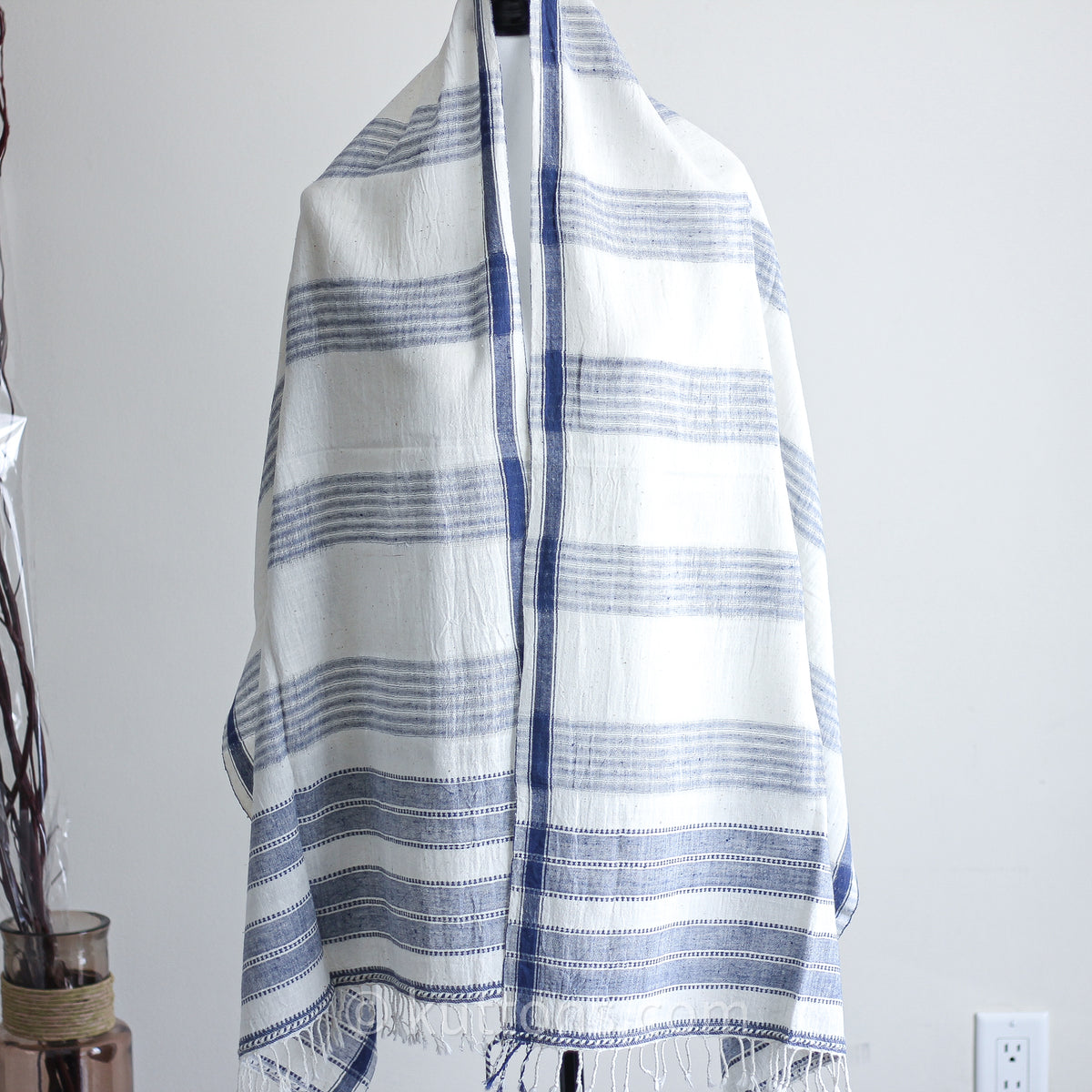
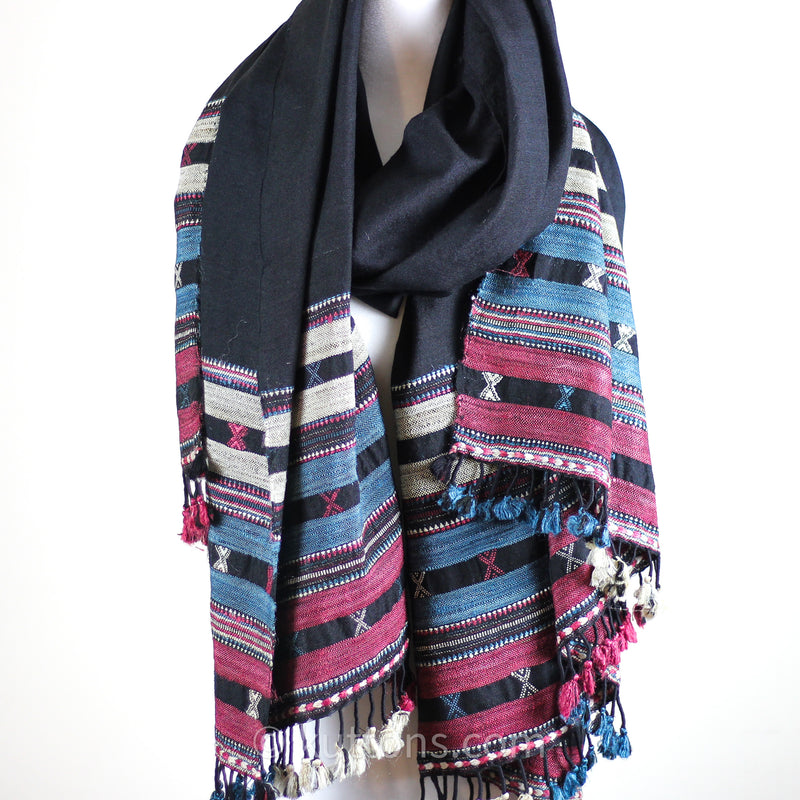
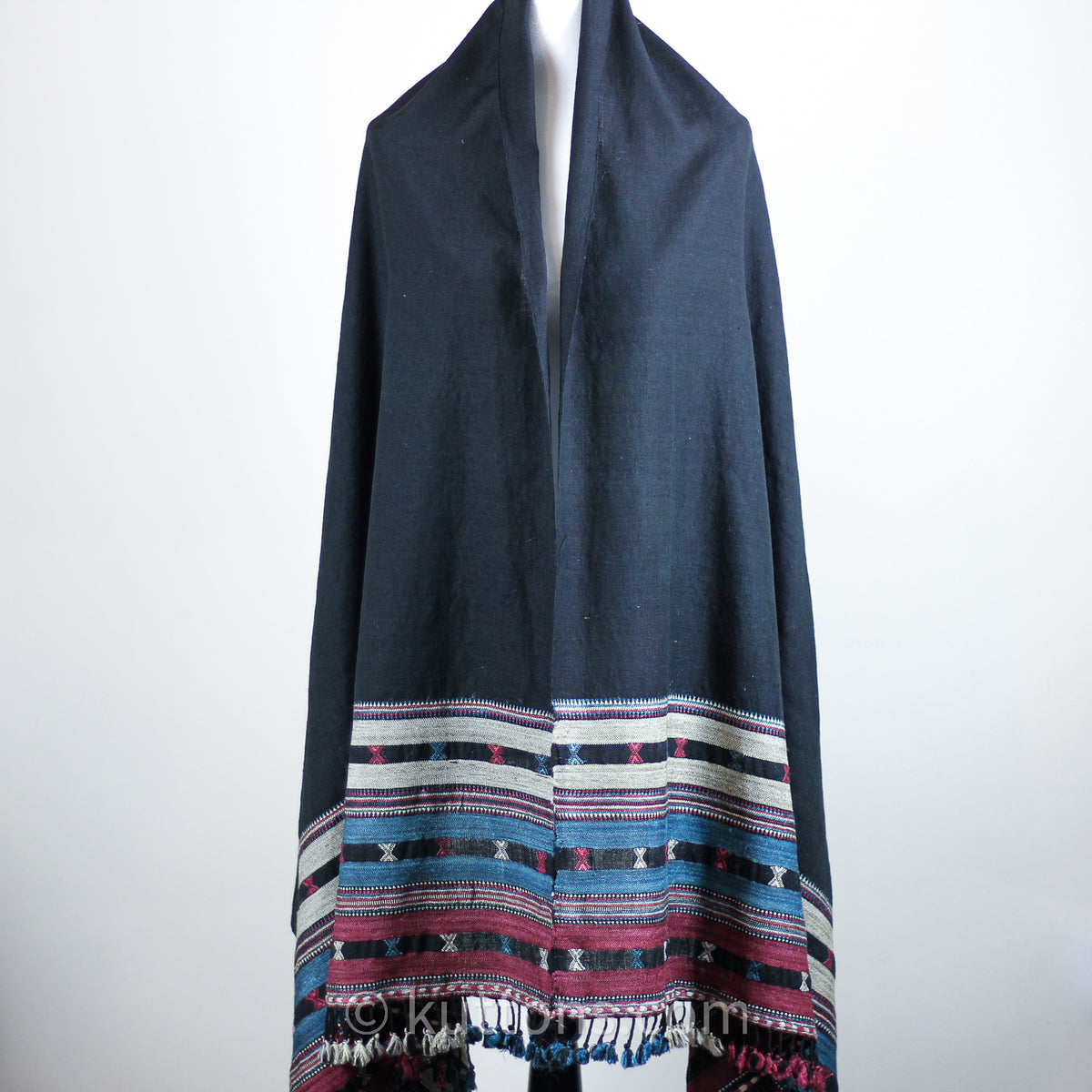
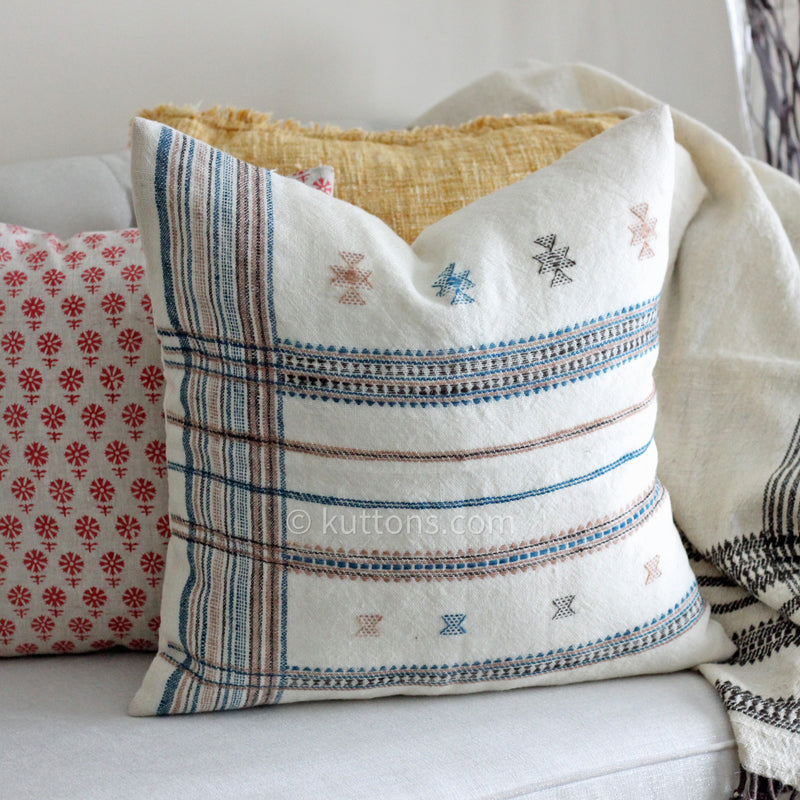

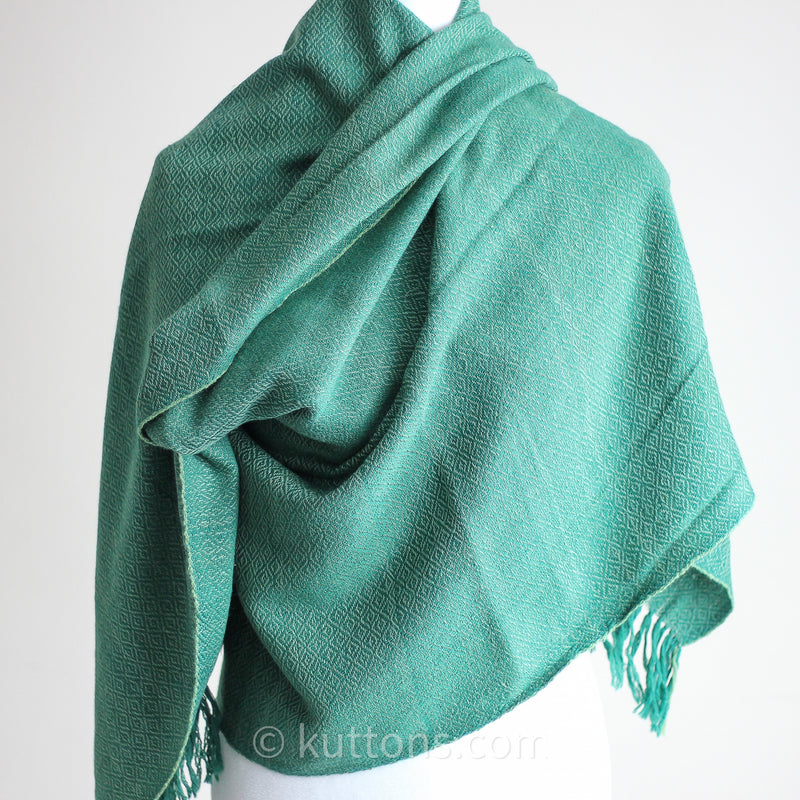

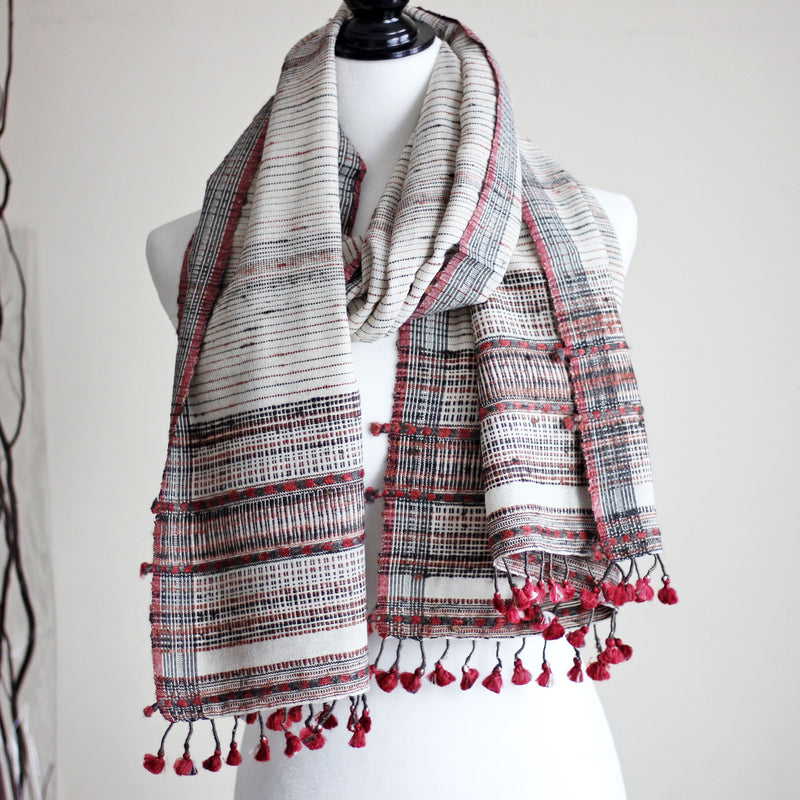
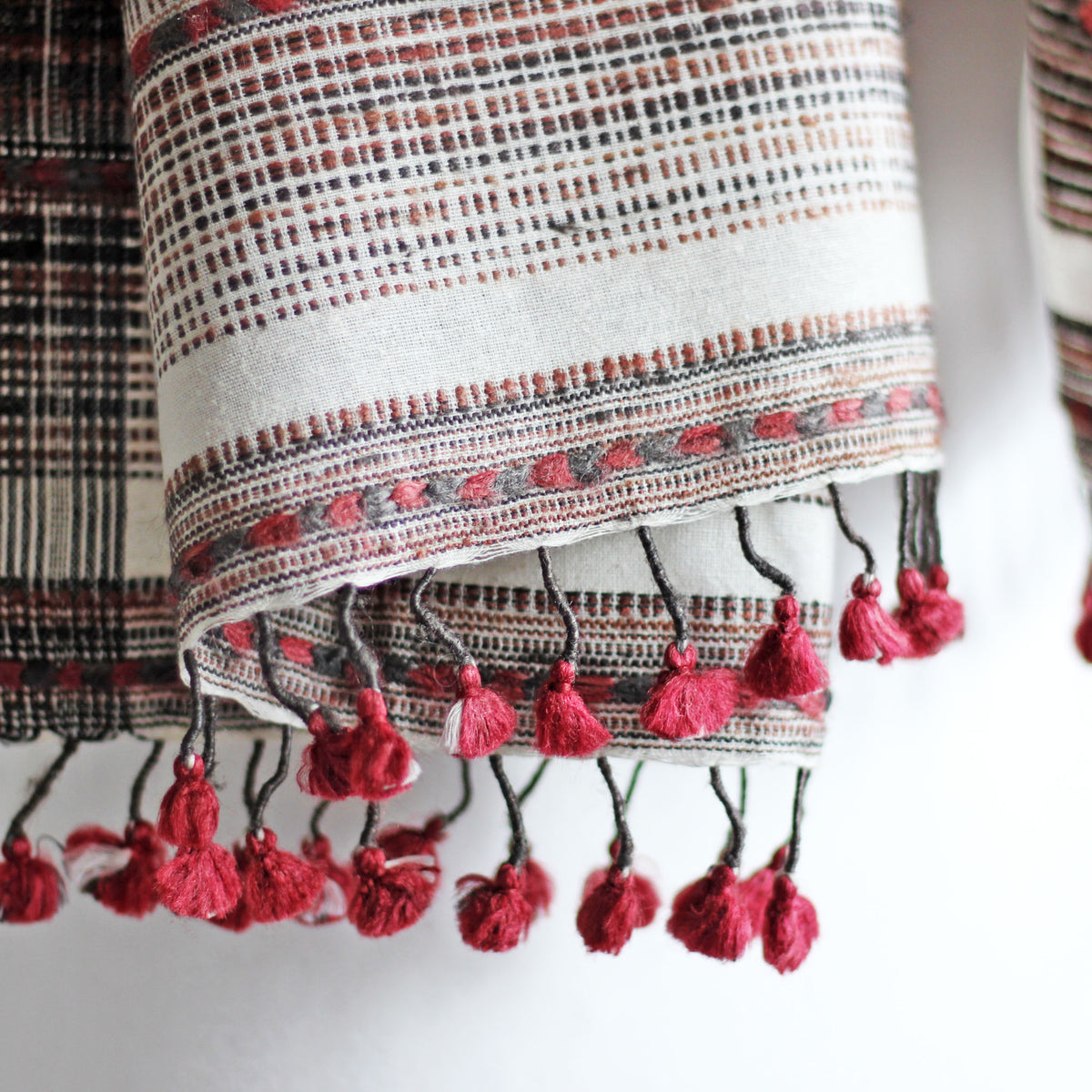
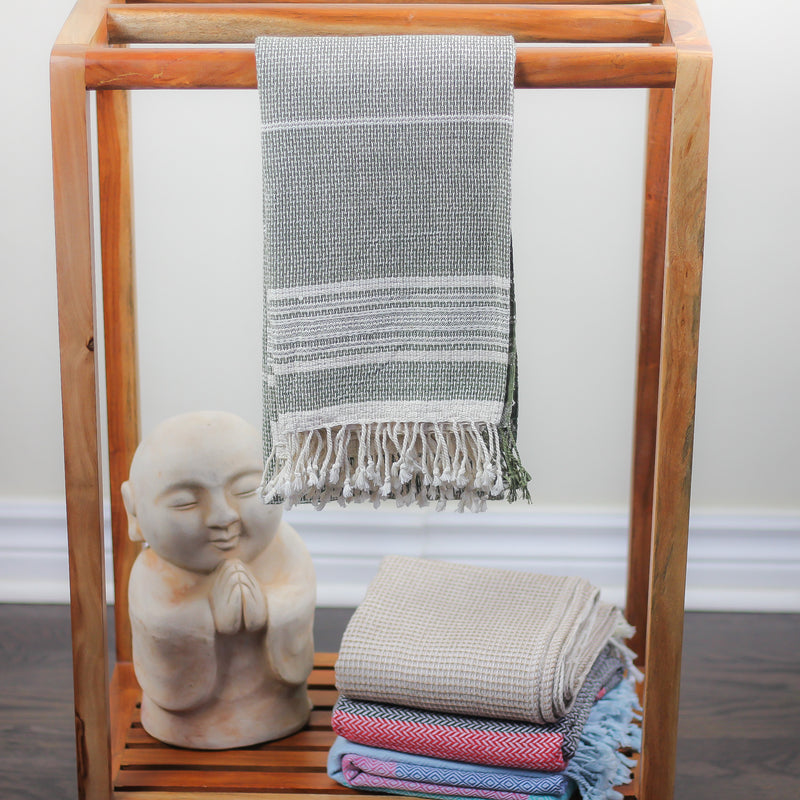

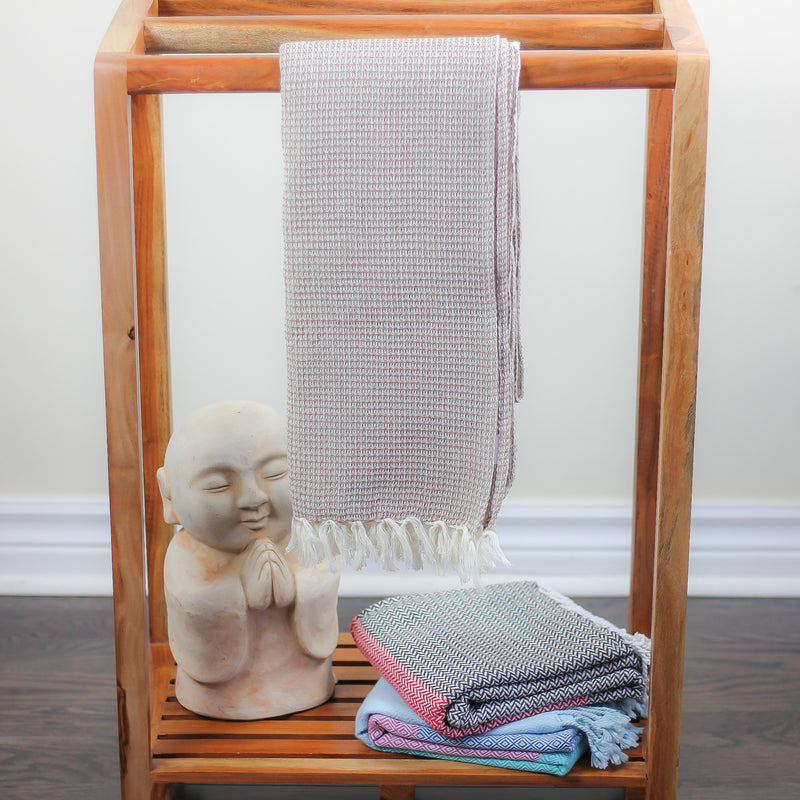
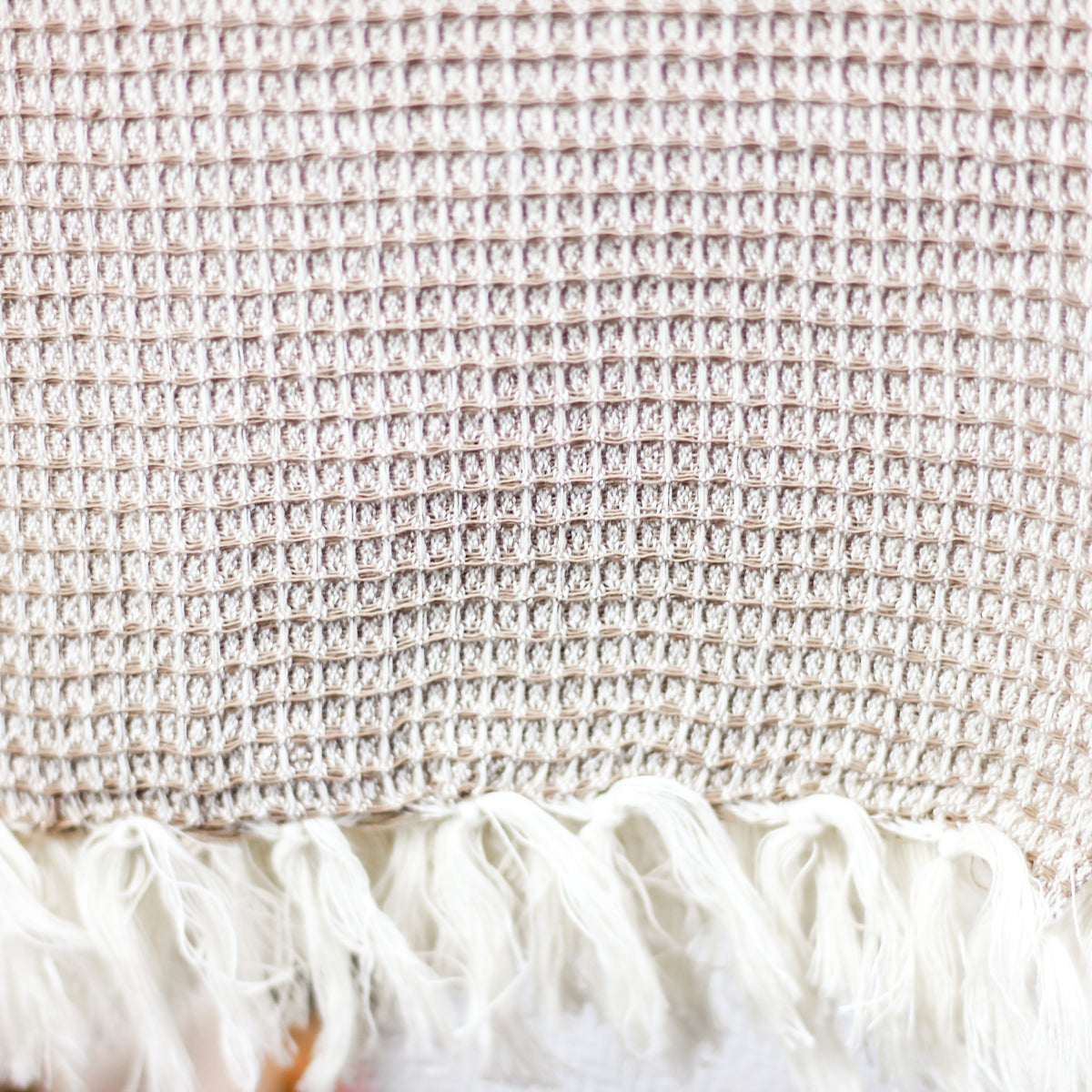

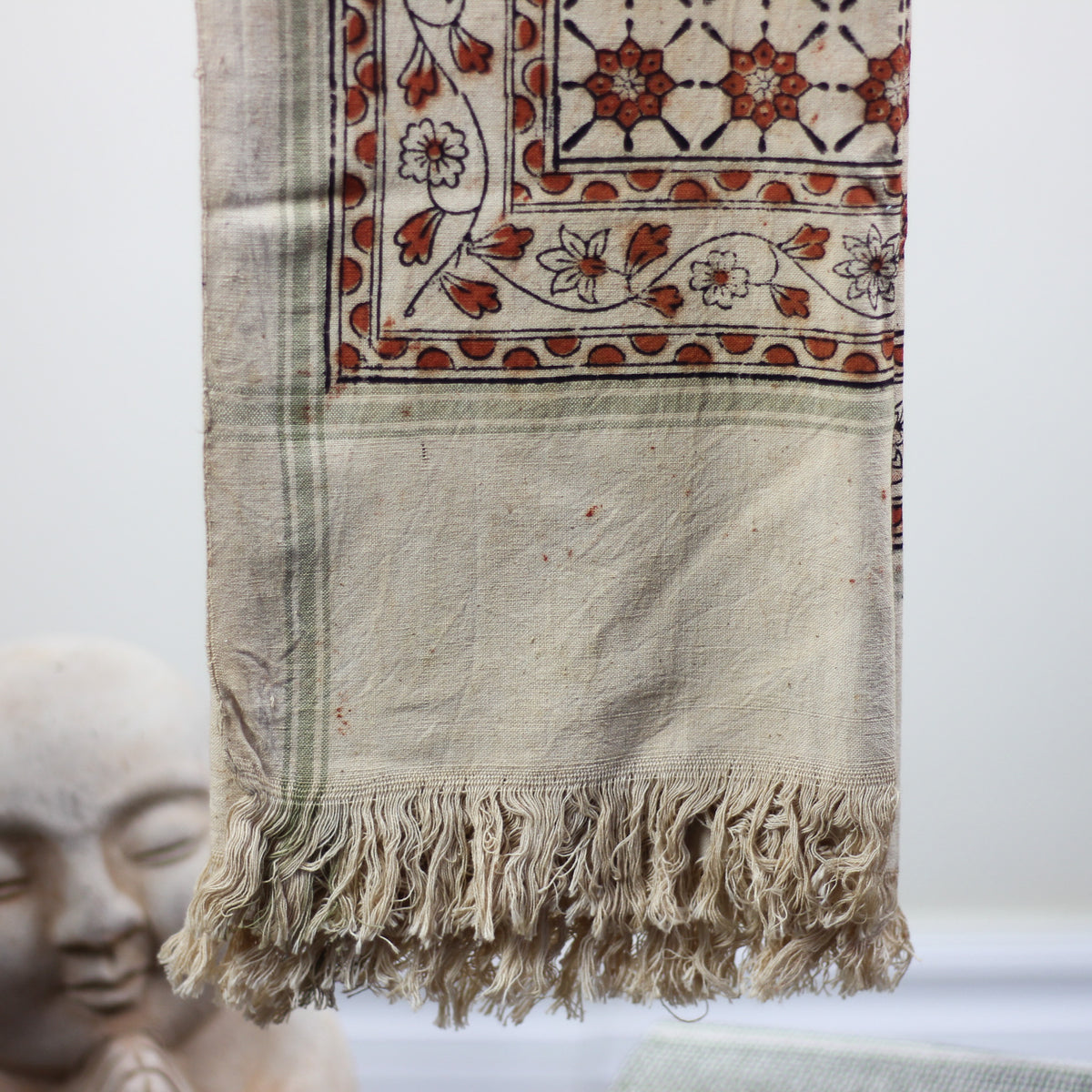
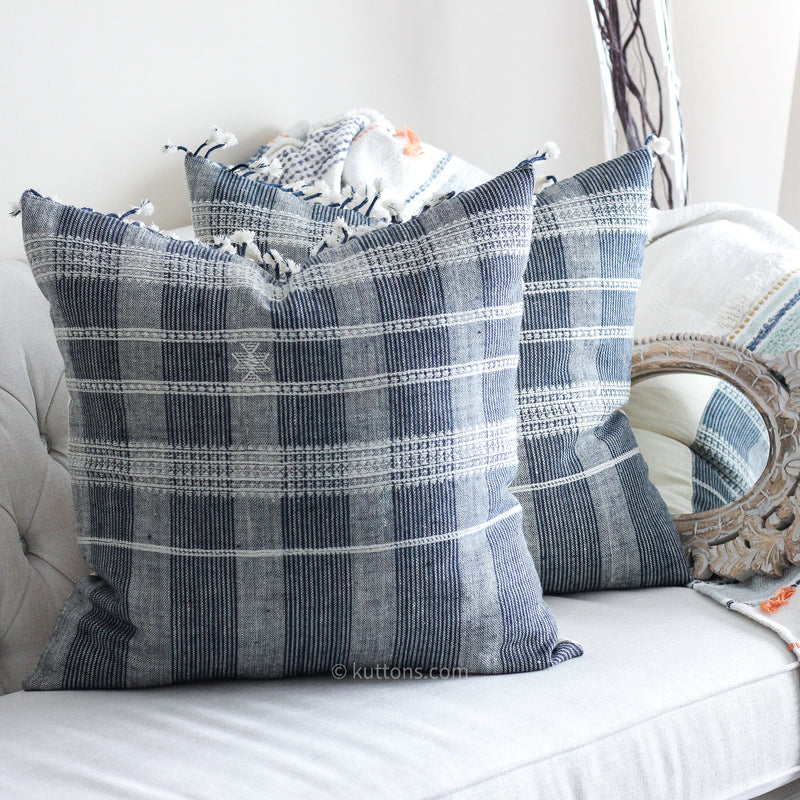

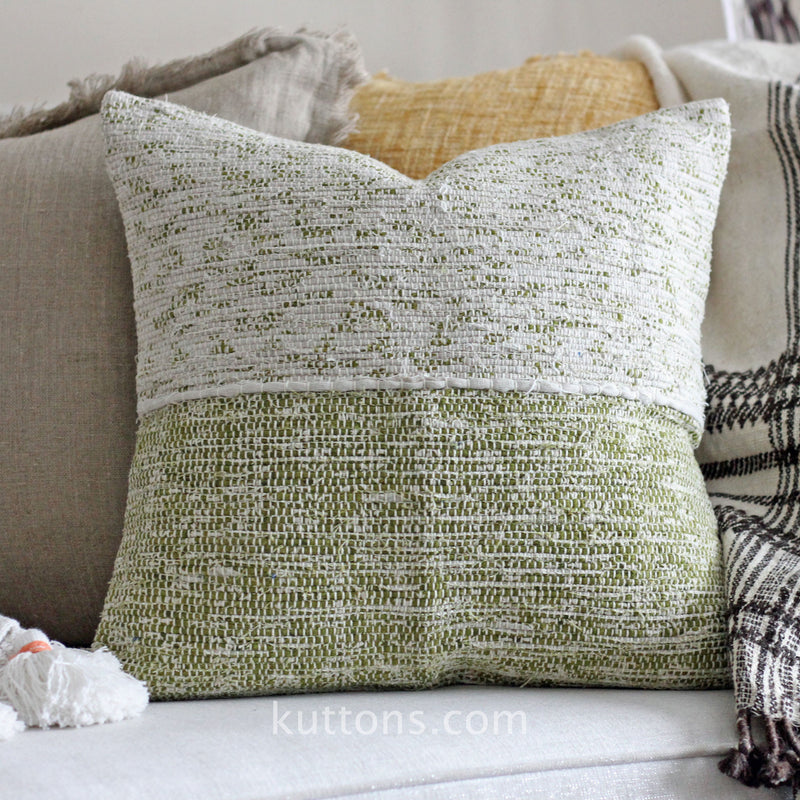
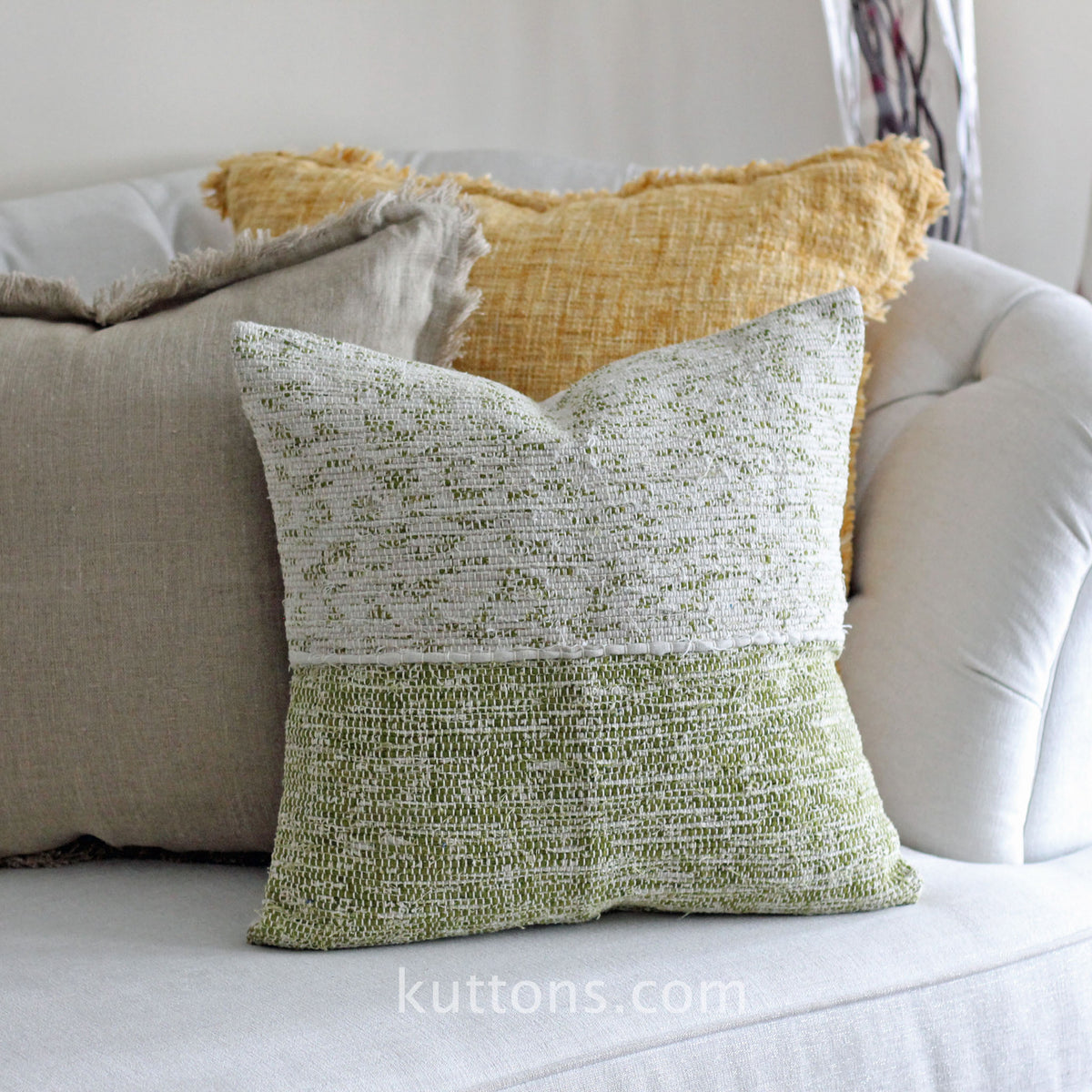
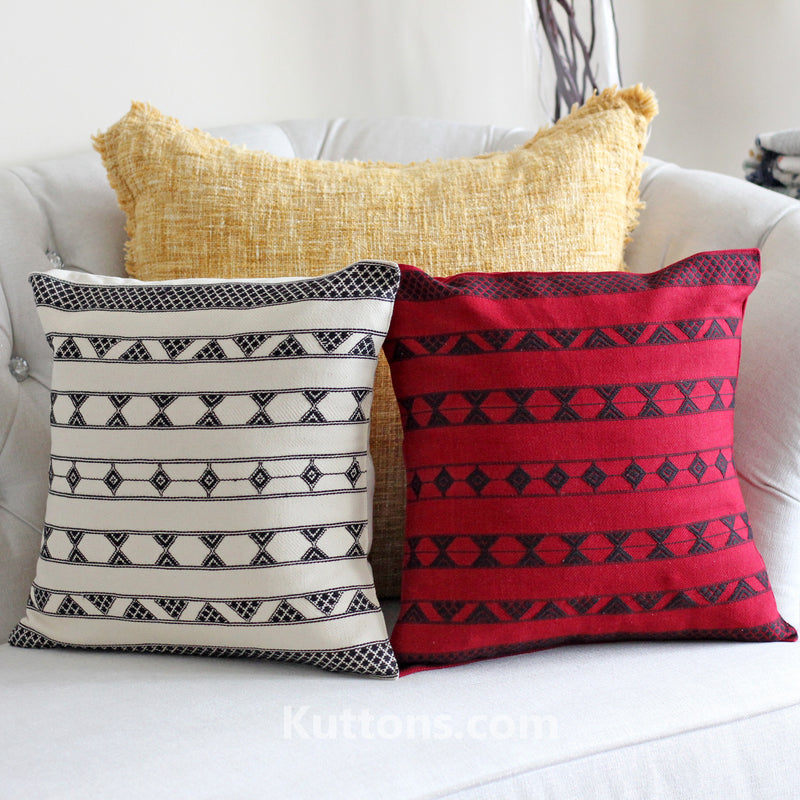
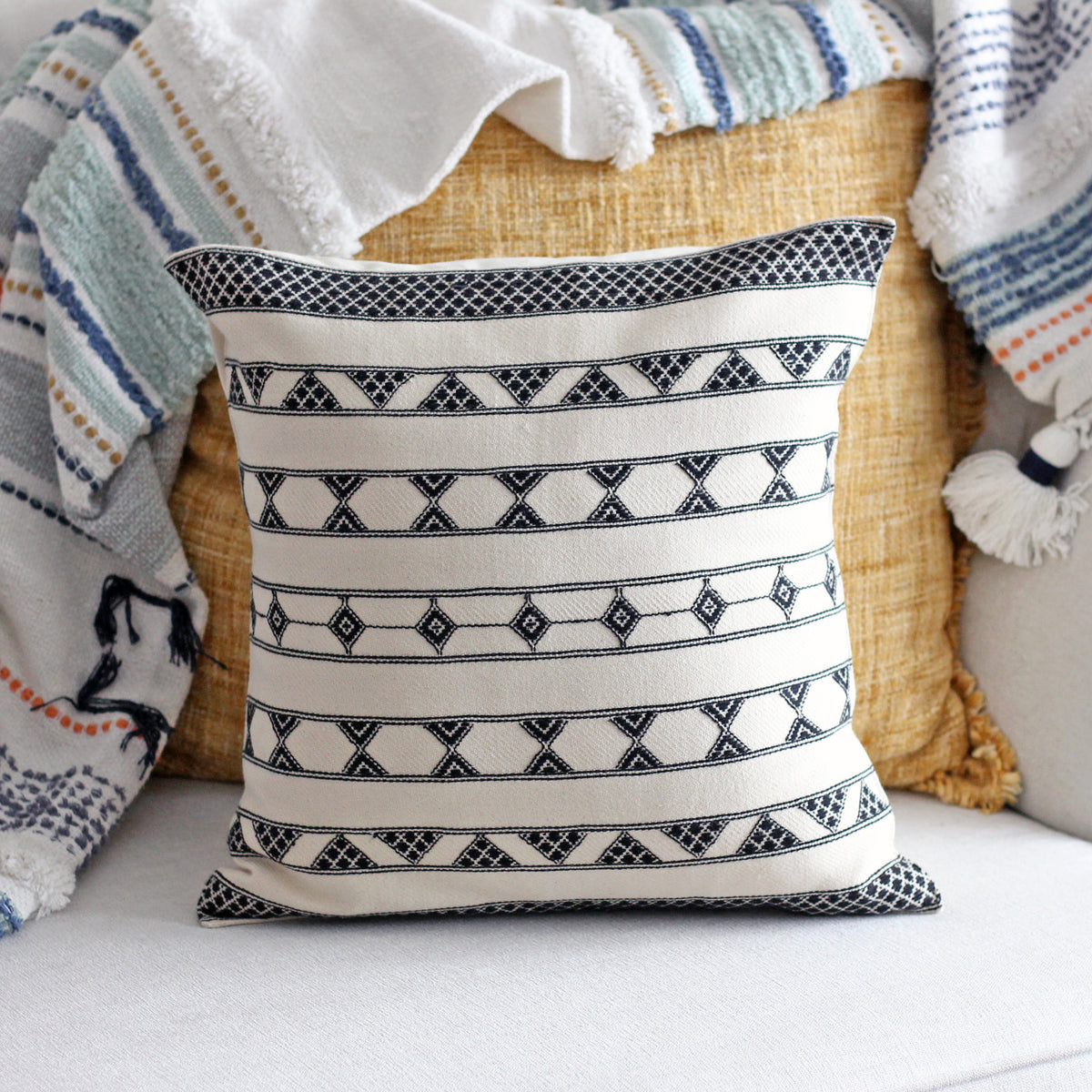
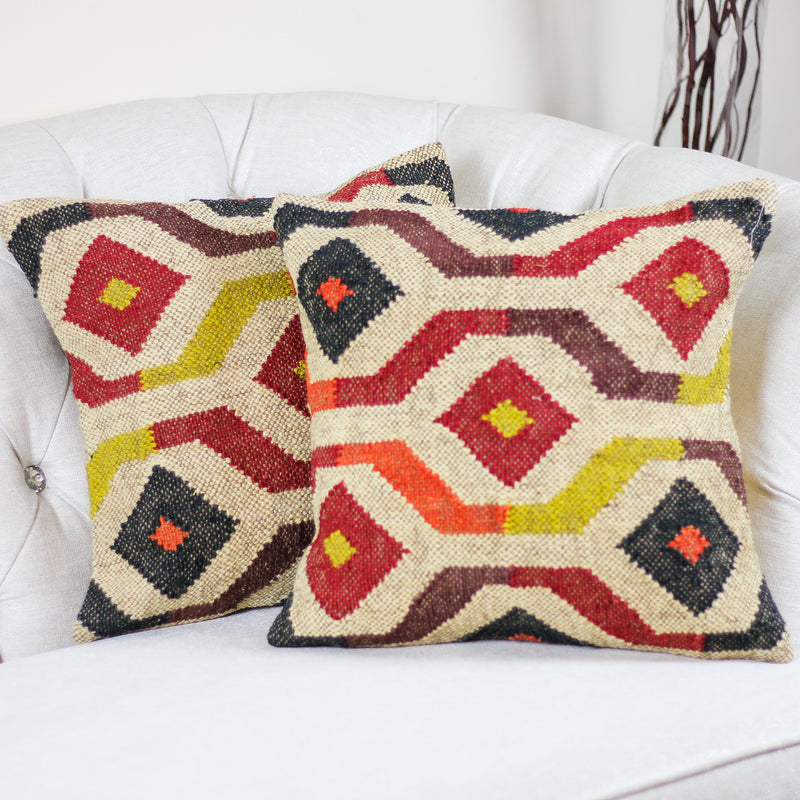
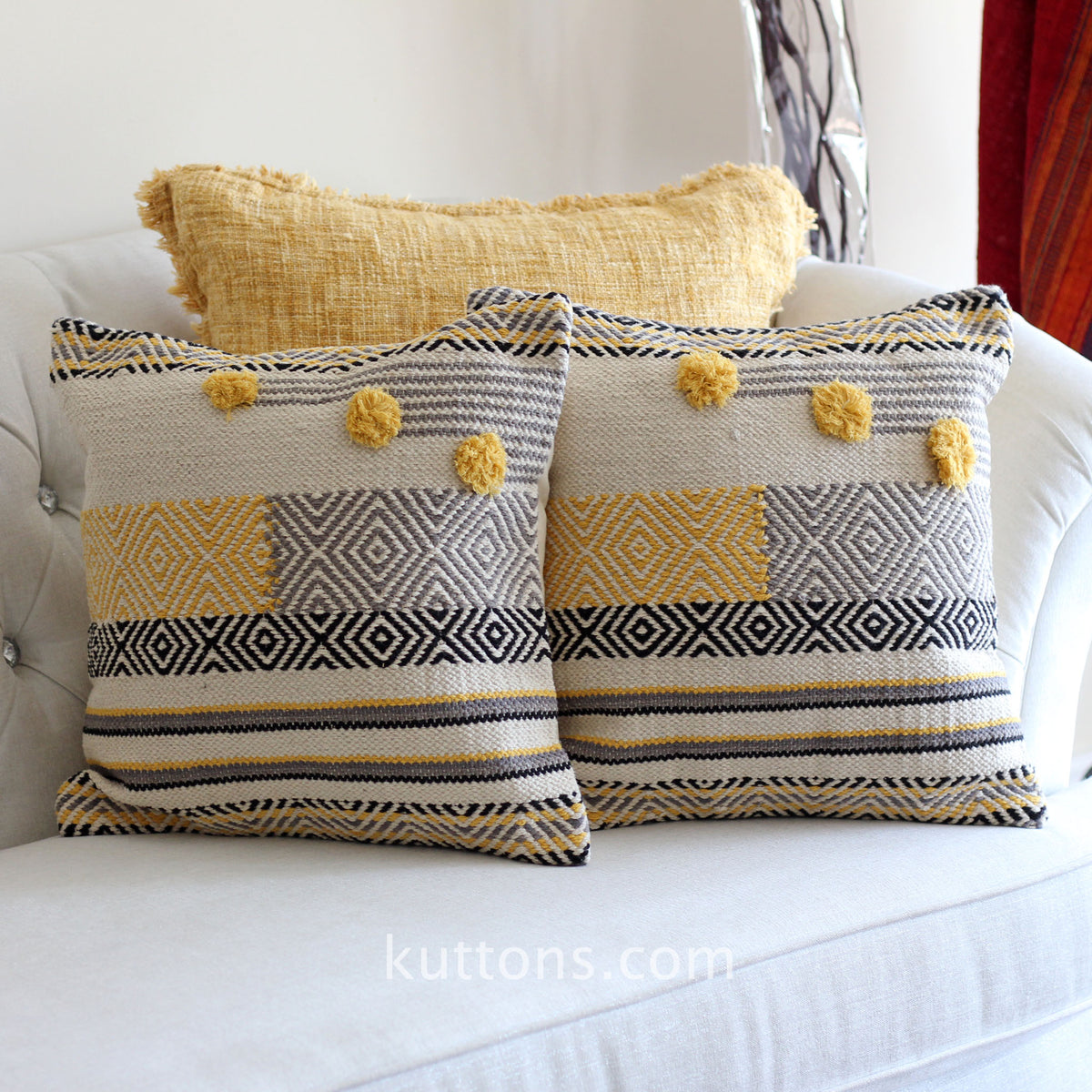


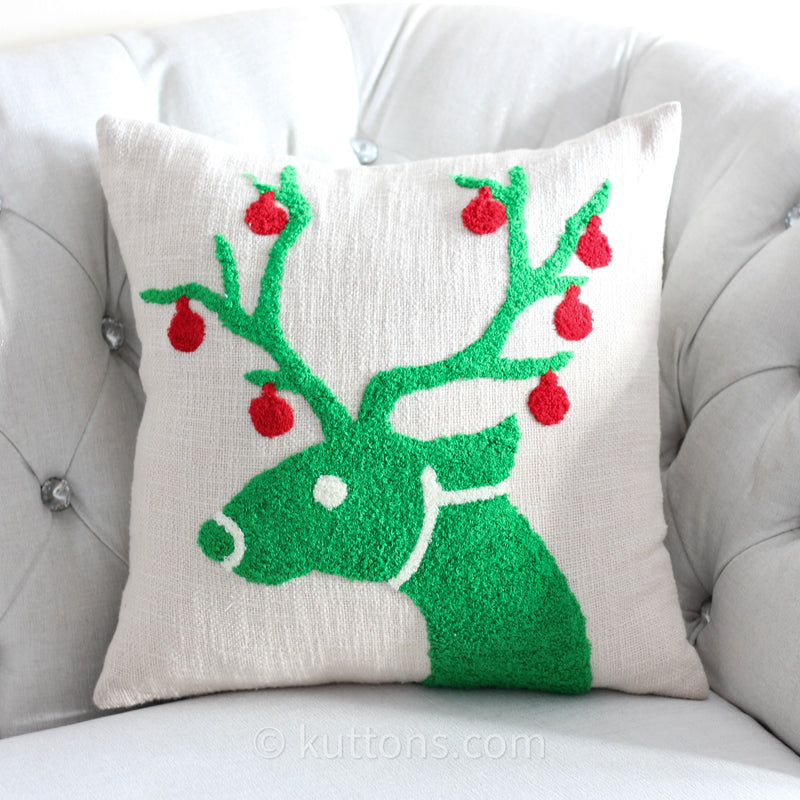
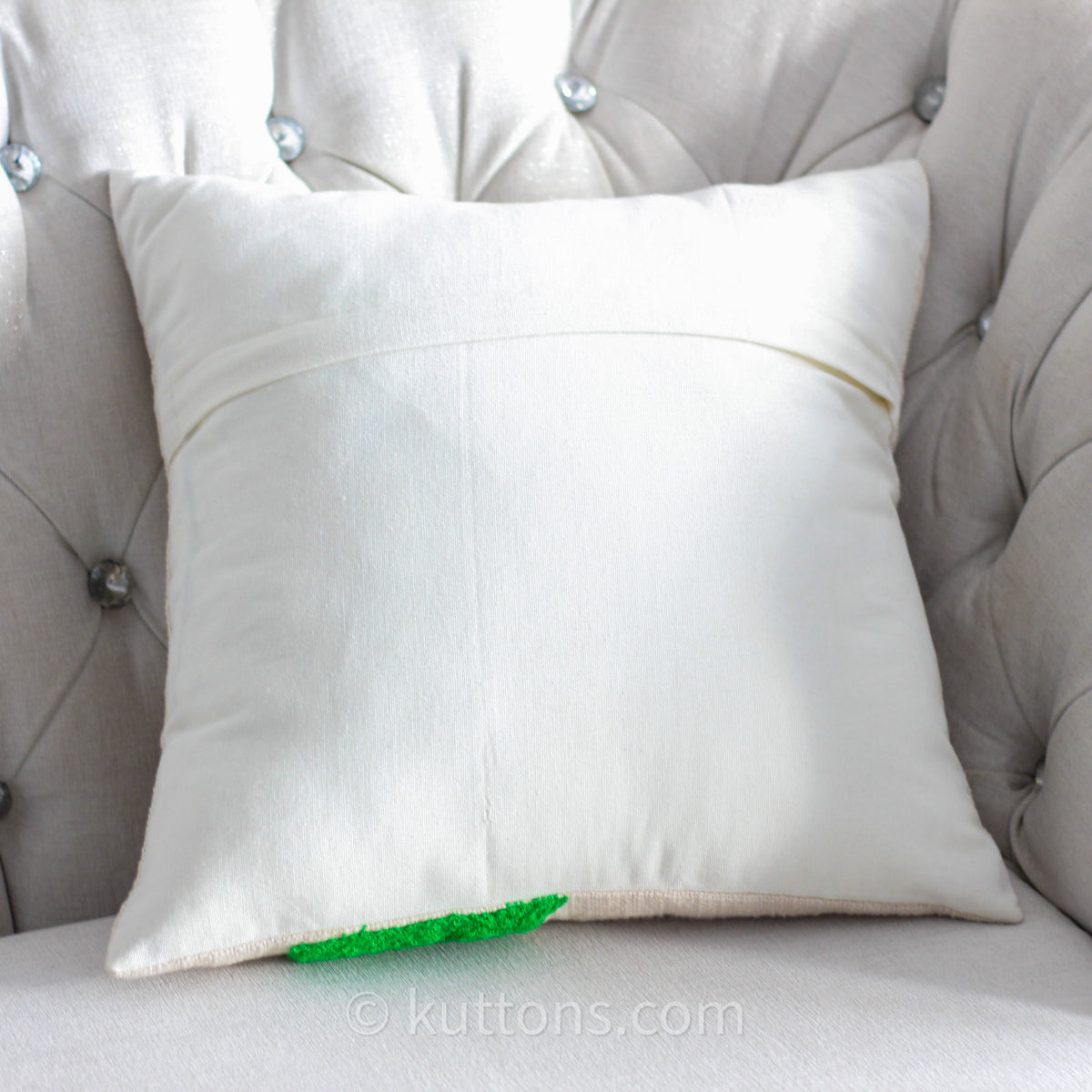
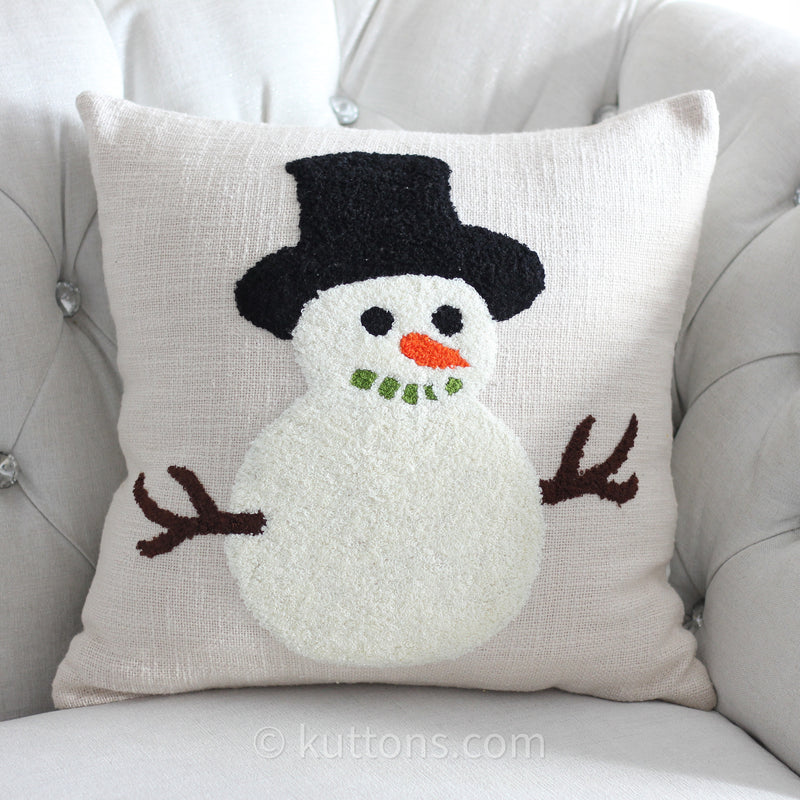
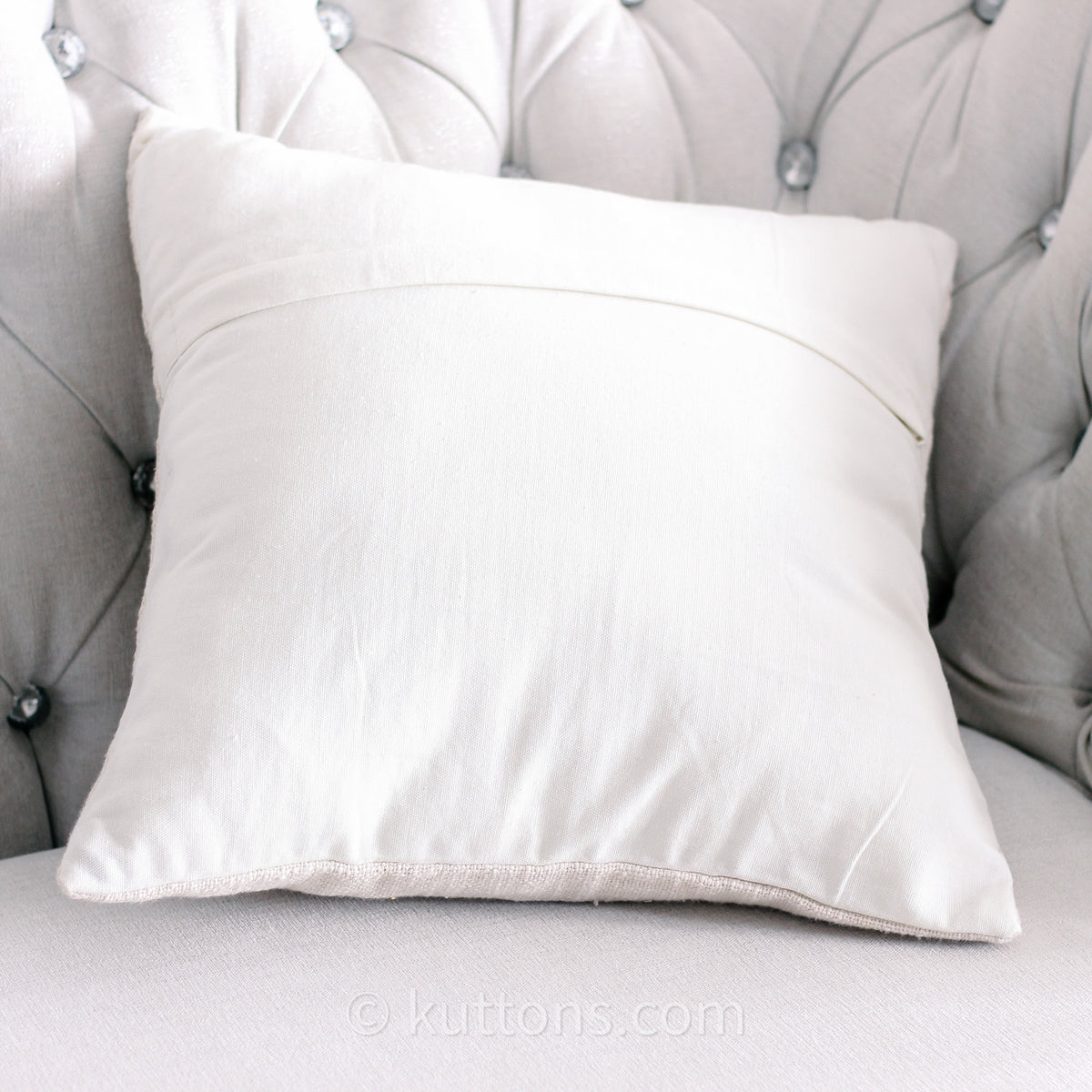
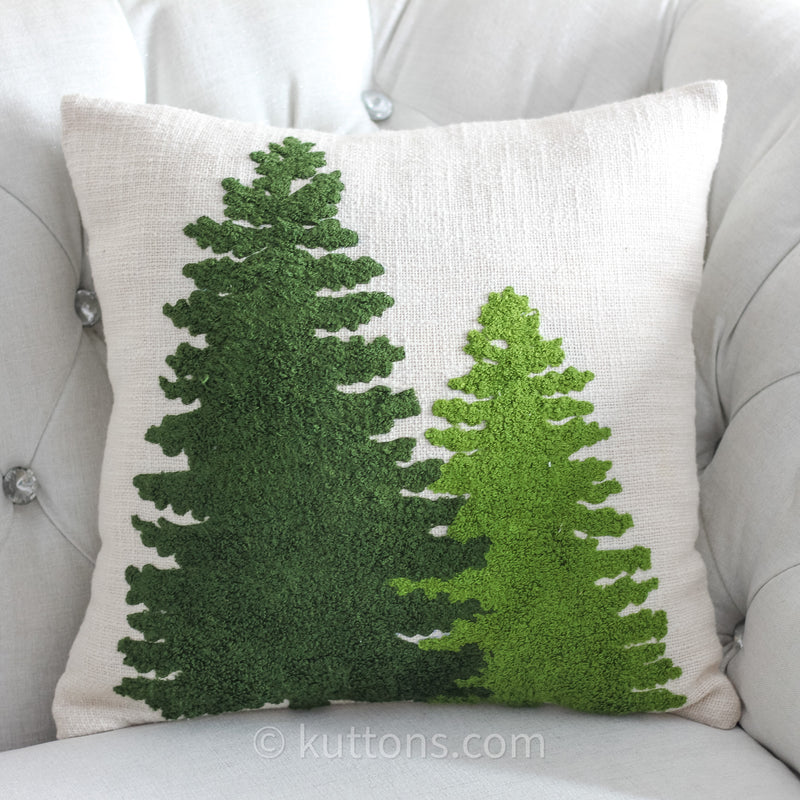
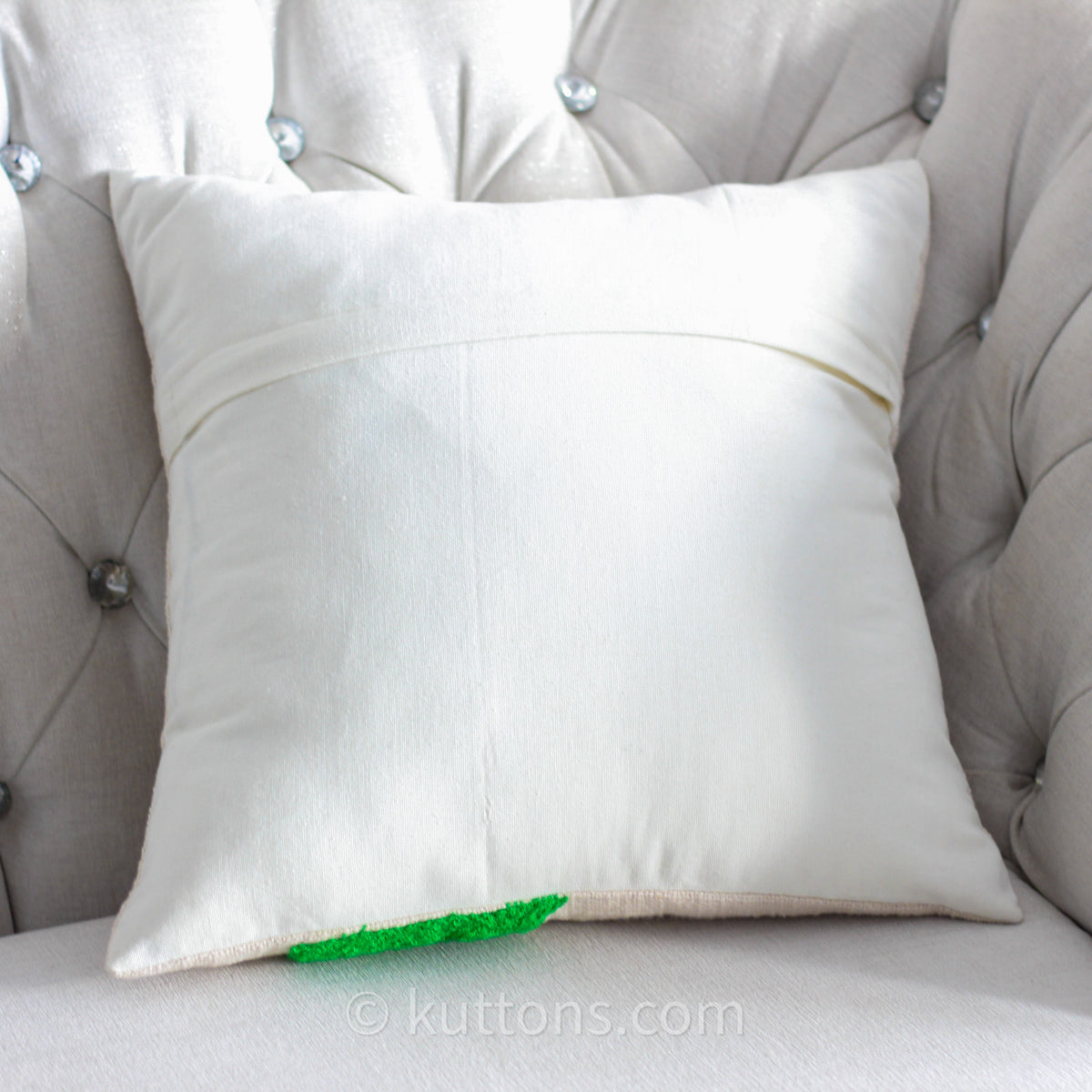
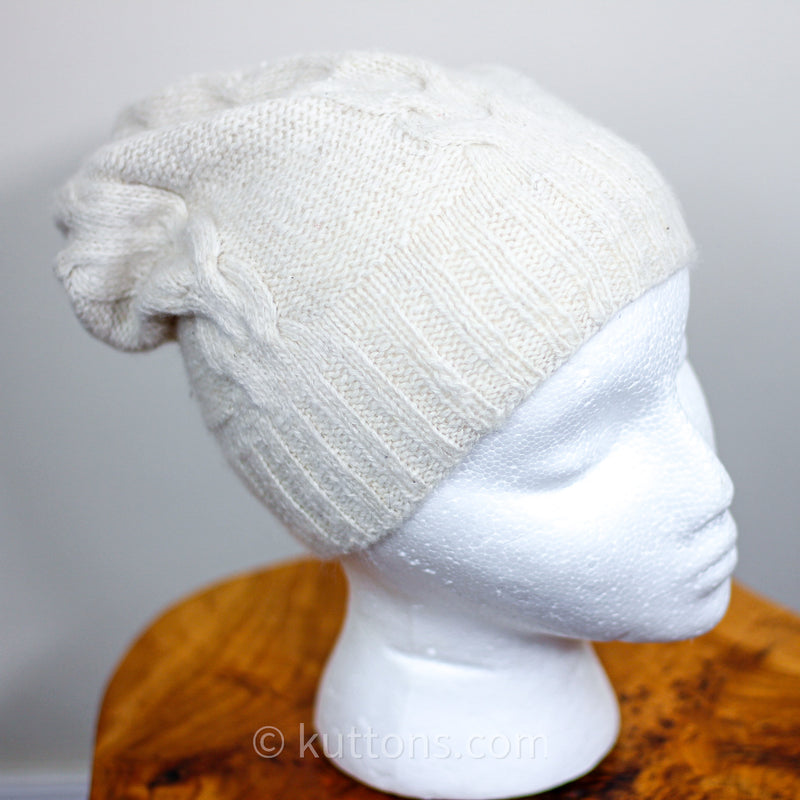
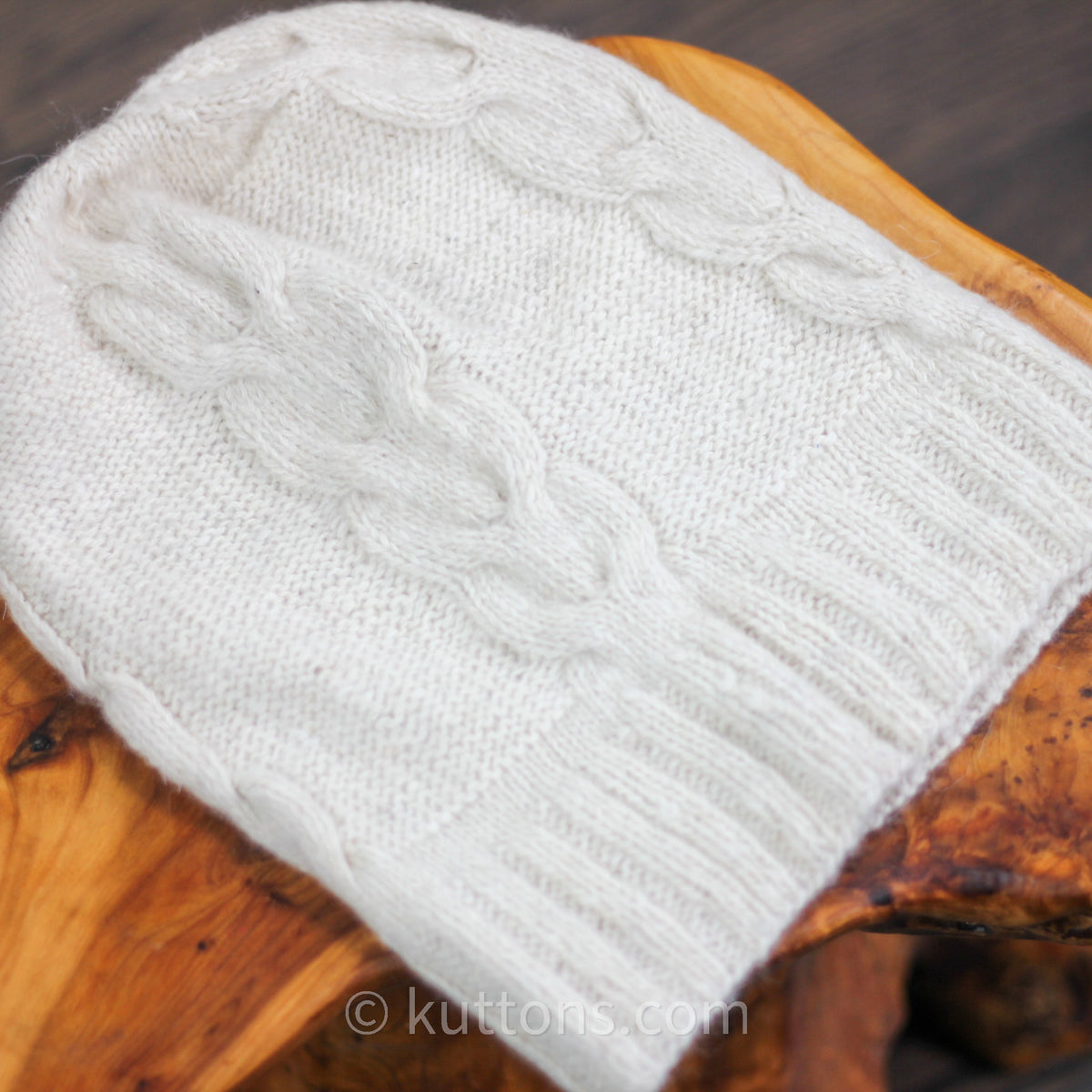

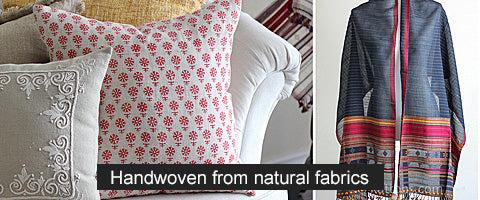
0 comments